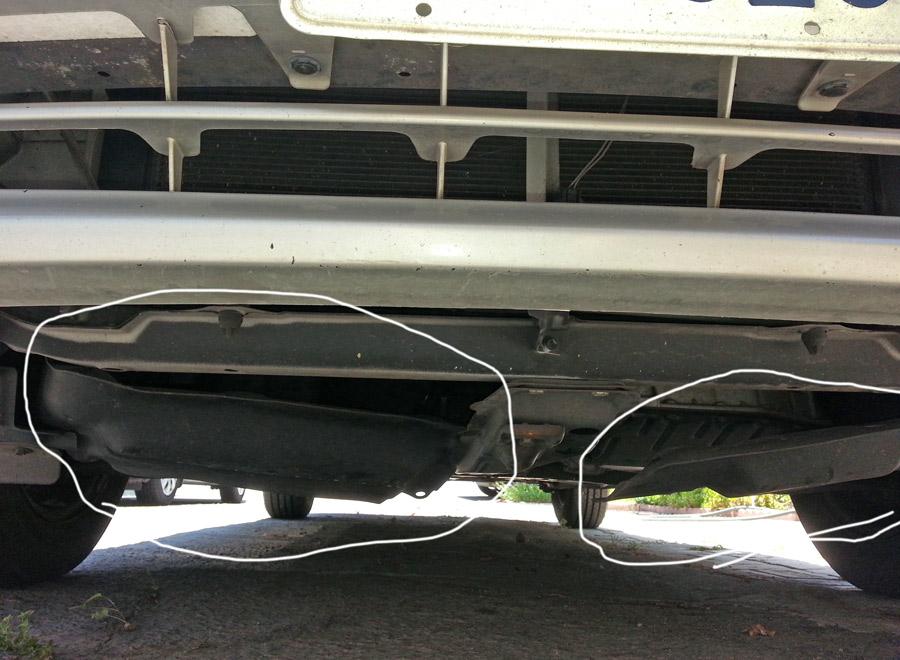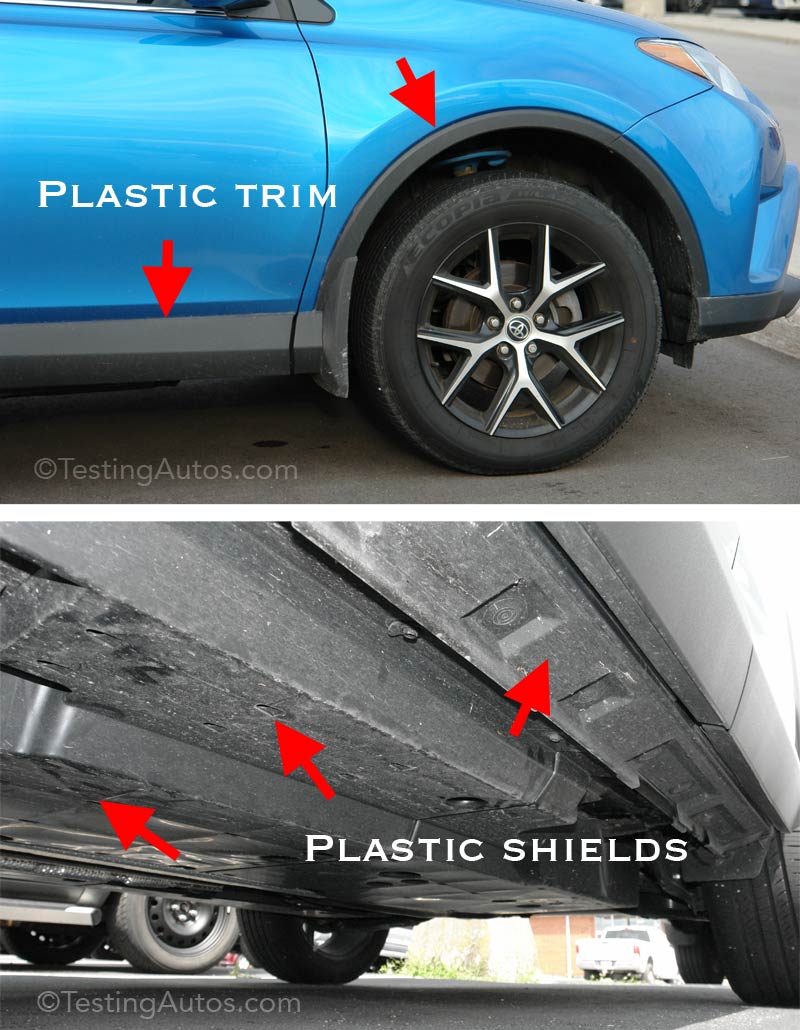A splash shield, also known as an underbody shield or belly pan, is a critical component located underneath a car that serves multiple purposes. Its primary function is to protect the car’s engine, transmission, and other vital parts from road debris, water, and dirt. Splash shields also help reduce wind resistance and improve aerodynamics, resulting in better fuel efficiency.

Image: fixmachineandrea99.z19.web.core.windows.net
However, due to its exposed position, a splash shield can become loose or damaged over time, potentially compromising its protective capabilities. If you notice rattling or scraping noises coming from the underside of your car, especially when driving over rough terrain or bumps, it’s likely that your splash shield needs attention. Ignoring a damaged splash shield can lead to further damage to your car’s components, so it’s important to fix it promptly.
Assessing the Damage
Before attempting to fix a splash shield, it’s crucial to assess the extent of the damage. Park your car on a flat surface and engage the parking brake. If possible, use a ramp or jack to raise the car, providing you with more space to work and a better view of the splash shield.
Carefully inspect the splash shield for cracks, tears, or any missing parts. If the damage is minor, such as a small crack or loose bolts, you may be able to repair it yourself with basic tools. However, if the damage is significant, involving large tears or broken pieces, it’s best to consult a mechanic for professional repair or replacement.
Tools and Materials Required
For minor repairs, you will need the following tools and materials:
- Jack or ramps
- Safety glasses
- Gloves
- Ratchet or wrench
- Screwdriver
- Zip ties or duct tape
- Plastic repair epoxy (optional)
Step-by-Step Repair Instructions
Once you have gathered the necessary tools and materials, follow these steps to repair your splash shield:
- Safety first: Before starting any work, ensure your car is parked on a stable surface and the parking brake is engaged. Wear safety glasses and gloves for protection.
- Locate the splash shield: The splash shield is typically located underneath the engine and transmission, protecting the oil pan and other components. It is usually made of plastic or composite material.
- Remove the damaged section (if necessary): If the damage involves a large tear or broken piece, you may need to remove the damaged section. Use a screwdriver or ratchet to remove the bolts or screws holding the splash shield in place. Be careful not to lose any hardware.
- Repair minor cracks or holes: If the damage is limited to small cracks or holes, you can repair them using plastic repair epoxy. Clean the damaged area thoroughly and apply the epoxy according to the manufacturer’s instructions.
- Reattach the splash shield: Once the repairs are complete, align the splash shield back into its original position. Hand-tighten the bolts or screws, and then use the ratchet or wrench to fully tighten them, ensuring they are secure but not overtightened.
- Secure loose sections: If the splash shield is loose in certain areas but has no major damage, you can use zip ties or duct tape to secure it temporarily. Run the zip ties through the existing holes in the splash shield and tighten them, or apply duct tape over the loose areas to hold them in place.
- Check for proper fitment: Once the splash shield is reattached, check that it fits snugly and does not rattle or drag on the ground. Ensure that all bolts and screws are tight and secure.

Image: www.testingautos.com
Preventive Measures
To extend the lifespan of your splash shield and avoid costly repairs, consider the following preventive measures:
- Slow down when driving over rough roads or uneven surfaces.
- Avoid driving through deep puddles or standing water, especially at high speeds.
- Install a skid plate or additional underbody protection if you frequently drive on rough terrain.
- Inspect your splash shield regularly for any signs of damage or wear and tear. Address minor issues promptly to prevent them from becoming major problems.
How To Fix Splash Shield Under Car
Conclusion
Fixing a splash shield under your car is a relatively simple task that can be completed with basic tools. By following the steps outlined in this guide, you can restore the protective function of the splash shield and ensure the safety of your car’s vital components.
Remember to prioritize safety throughout the repair process and seek professional assistance if the damage is beyond your capabilities. Regular inspections and preventive measures will help maintain the integrity of your splash shield, safeguarding your car from the elements and potential damage.